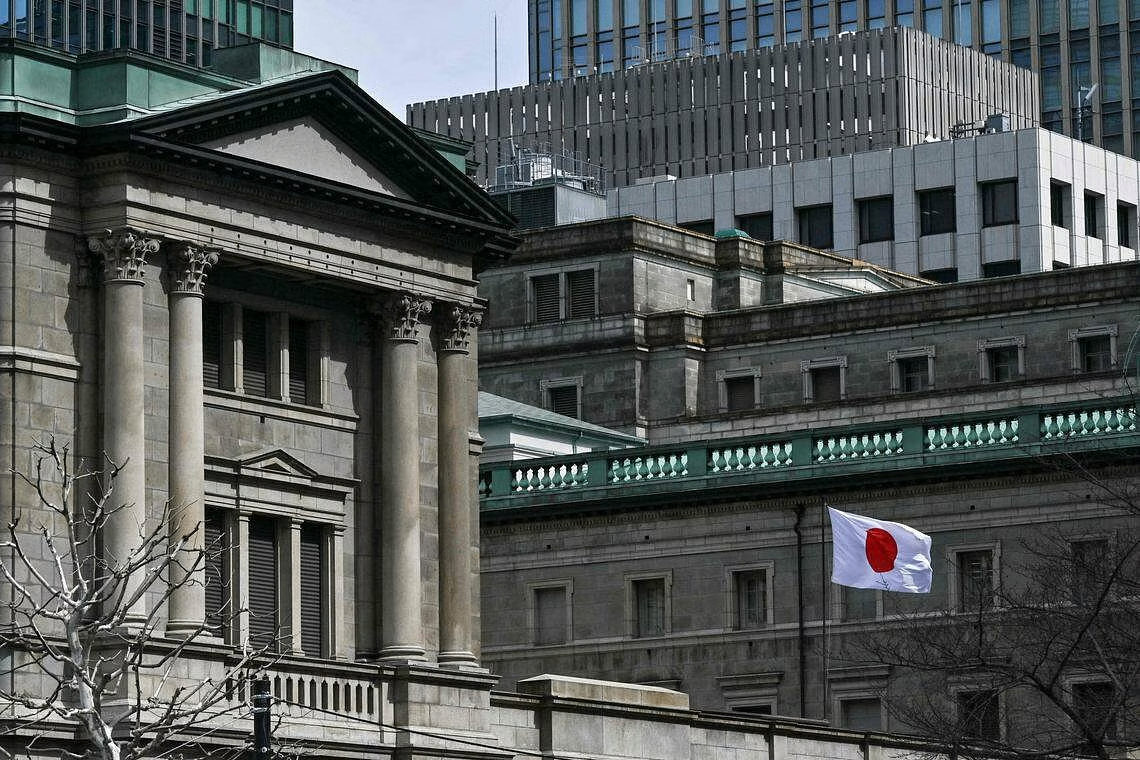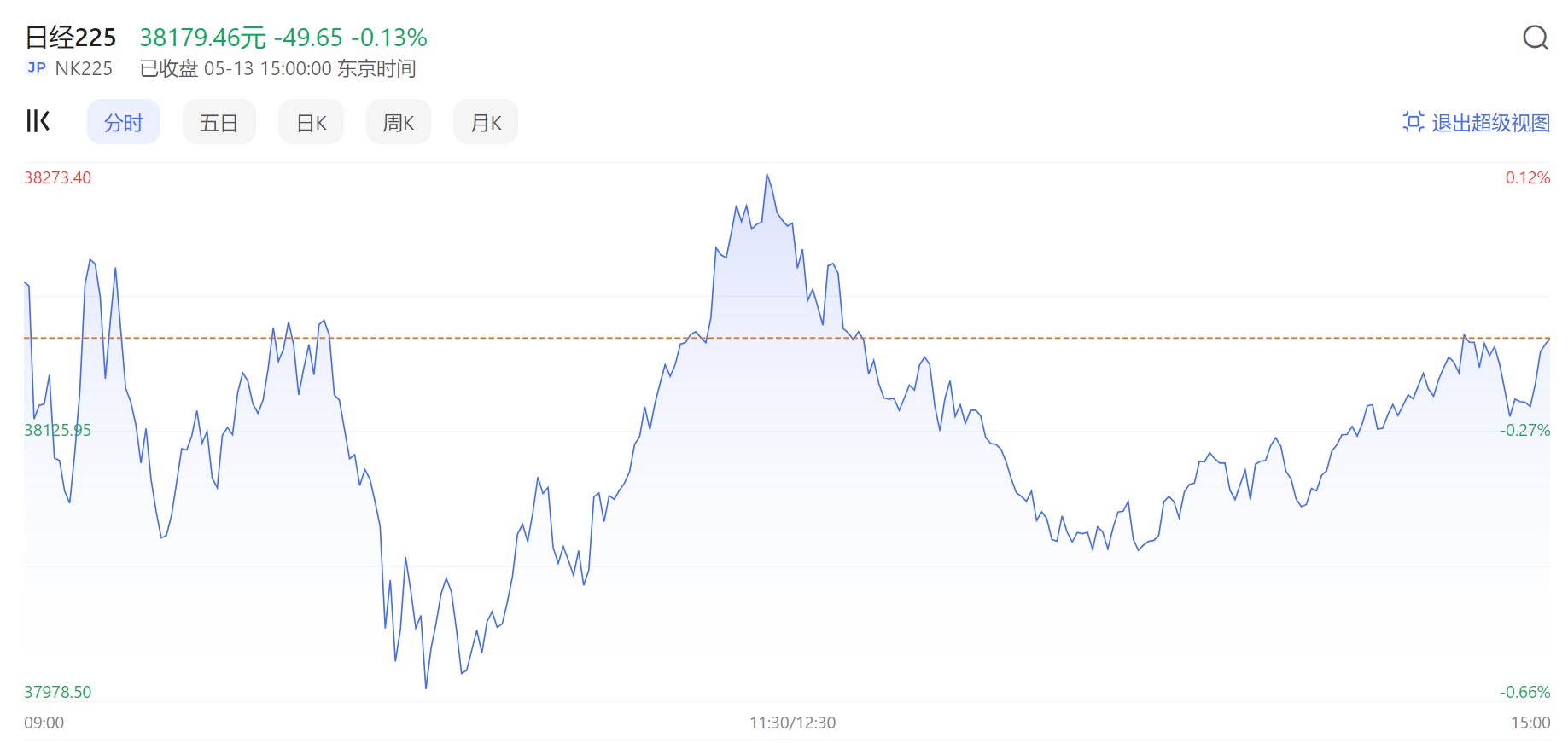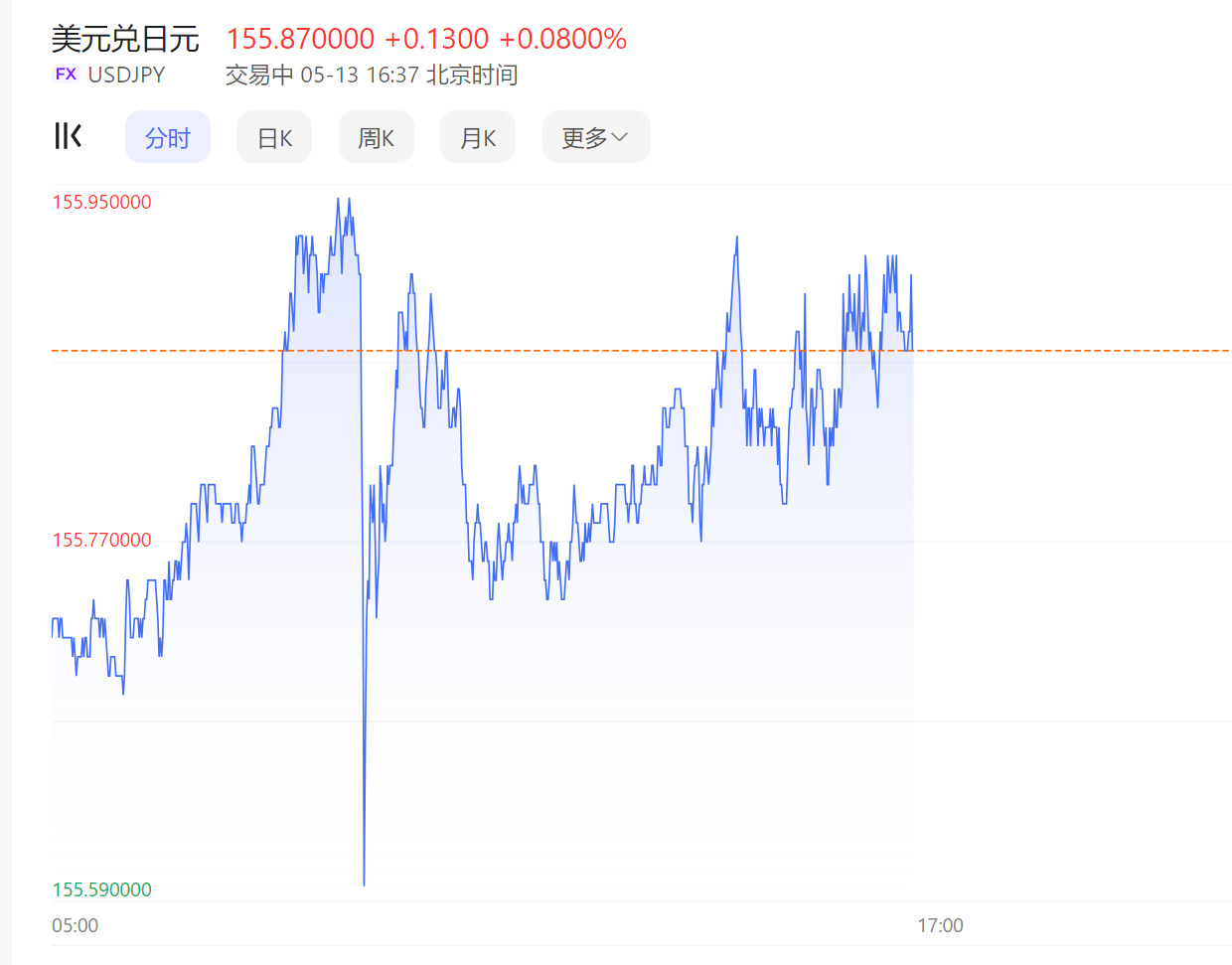Bank of Japan cuts bond purchases, hawkish tendencies strengthen again?
On Monday morning, the Bank of Japan reduced the number of purchases of Japanese government bonds in its regular purchasing operations, sending a hawkish signal to the market.
On Monday morning (May 13th), the Bank of Japan reduced the number of purchases of Japanese government bonds in its regular purchasing operations, sending a hawkish signal to the market.

The Bank of Japan stated that it will purchase 425 billion yen of 5-10 year long-term bonds, compared to last month's purchase of 475.5 billion yen. This is the first month on month decrease in purchase volume since late December last year. However, the amount is still within the range of 400 billion to 550 billion yen previously announced by the Bank of Japan.
This statement echoes the recent apparent hawkish tendencies of the Bank of Japan. Last week, the minutes of the April policy meeting of the Bank of Japan showed that some board members believed that the rate of interest rate increase may be faster than market expectations. Subsequently, Bank of Japan Governor Kazuo Ueda hinted at the possibility of multiple interest rate hikes in the future.
Norihiro Yamaguchi, senior economist at Oxford Economics in Tokyo, believes that the Bank of Japan's move is surprising. He said, "It seems that the Bank of Japan is trying to send a potential signal to the market that quantitative tightening is imminent."
Treasury yields rise, stocks fall below 38,000 at one point
After the news of reducing the scale of purchasing treasury bond bonds was released, a series of asset prices in Japan immediately responded.
The first is the treasury bond bond yield. After the Bank of Japan announced the news, the yield of Japanese treasury bond bonds jumped to a multi-year high on Monday.
The yield of two-year Japanese treasury bond, which are often more sensitive to the prospect of monetary policy, rose 1 basis point to 0.325%, the highest level since June 2013. The yield of five-year treasury bond climbed 2.5 basis points to 0.545%, the highest level since April 2011. The yield of 10-year Japanese treasury bond jumped 3.5 basis points to 0.940%, the highest level since November last year.
Other ultra long term treasury bond bond yields also rose. The yield on the 20-year Japanese treasury bond bond rose 1.5 basis points to 1.710%. The 30-year treasury bond yield also reached 2.03%, the highest level since 2011.
"The Bank of Japan's reduction in amount is surprising, which may help increase yields," said Takahiro Otsuka, senior fixed income strategist at Mitsubishi UFJ Morgan Stanley Securities Co. "It's hard not to see this downgrade as a response to the recent depreciation of the Japanese dollar. More volatility could hit the bond market."
In addition, the stock market has also been affected. On Monday morning trading, the Nikkei 225 index briefly fell below 38,000 points. But in the afternoon session, the stock market strengthened and recovered 38,000 points.
Takehiko Masuzawa, head of trading at Hiei Securities in Tokyo, said, "This move is considered unfavorable for the stock market as it is one step closer to the normalization of Bank of Japan policy, which raises expectations for further interest rate hikes."
At the close of Monday, the Nikkei 225 Index closed at 38,179.46 points, slightly down 0.13%.

Yen bears down
After the news of reducing the purchase of treasury bond was announced, the USD/JPY exchange rate fell by more than 0.1% at one time, but the decline began to gradually recover in the afternoon. As of the deadline for publication, USD/JPY has risen by 0.08% and remained stable at the 155 level.

Notably, the latest data from the U.S. Commodity Futures Trading Commission (CFTC) shows that hedge funds and speculators cut their short yen positions by 20% in the week ending May 7, the largest weekly swing in yen bullishness since March 2020.
Previously, on April 29th, the USD/JPY fell below the 160 mark, setting a new record for the lowest level since April 1990, and expanding the yen's intrayear decline to 10%. Subsequently, the yen strengthened significantly in the afternoon and quickly narrowed its morning decline, pulling it back to the 155 level. It is widely believed that the Bank of Japan intervened in this battle to defend the yen. It is estimated that the cost of this intervention by the Japanese authorities is 23.6 billion US dollars.
The decline in short positions in the Japanese yen may be due to concerns among bears that the Ministry of Finance will make another move, making them less willing to place large bets on the yen at current levels.
In US dollars, the current short position in the Japanese yen is worth $10.9 billion, lower than the $13.3 billion in the week ending April 30 and the $14.5 billion in the previous week.
Goldman Sachs foreign exchange analysts believe that intervention measures "should have some lasting impact on the yen," although the broader macro environment is still quite unfavorable for the yen.
George Saravelos of Deutsche Bank believes that as long as the Bank of Japan does not show the urgency to raise interest rates, the fundamental bearish background of the yen will not change.In fact, research by Deutsche Bank shows that discretionary hedge funds were strong buyers of USD/JPY on April 29th and May 1st, and it is widely believed that the Japanese authorities have been selling USD/JPY during these two days.
·Original
Disclaimer: The views in this article are from the original Creator and do not represent the views or position of Hawk Insight. The content of the article is for reference, communication and learning only, and does not constitute investment advice. If it involves copyright issues, please contact us for deletion.